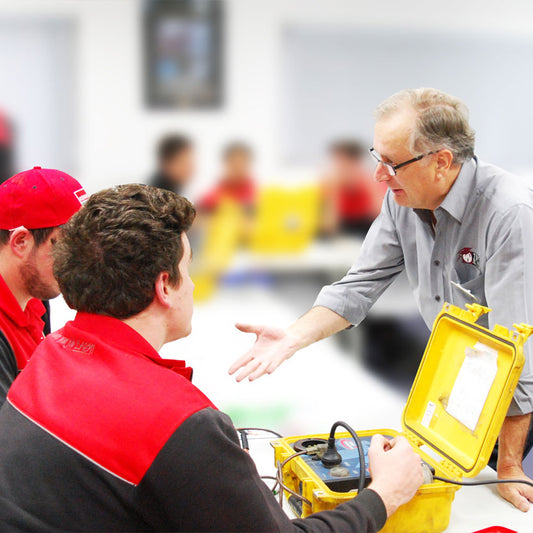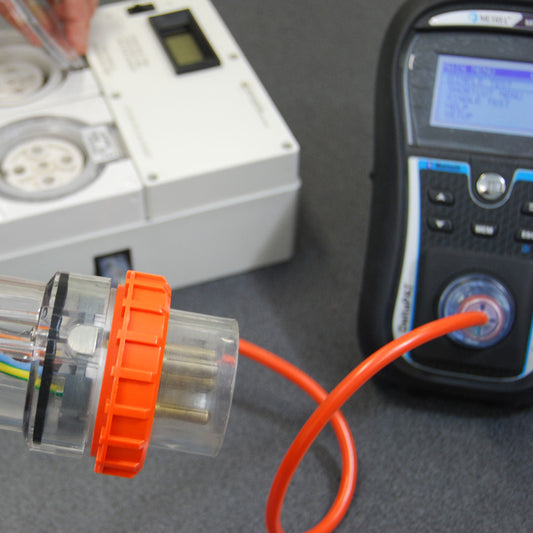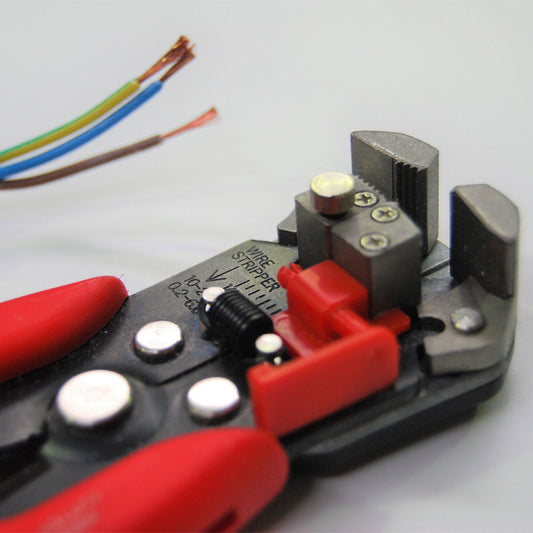Big changes just landed in NSW, and they could have a major flow-on effect for the test and tag space.
From 1st July 2025, SafeWork NSW officially stepped into a new role, operating as an independent regulator.
While most states and territories in Australia follow the same core WHS laws (thanks to the WHS national model), each state is responsible for enforcing those laws how they see fit. That’s why there can be real differences when it comes to how things like electrical safety and test and tag are treated.
With this new change, SafeWork NSW now has greater control over its approach - whether it's cracking down on non-compliance, shifting focus to high-risk industries or ramping up inspections. Decisions can be made faster and pressure to lift safety standards is likely to rise.
What this could mean for Test & Tag in NSW
No one knows exactly how this will play out yet, but we may see a tightening of the rules, particularly around how test and tag is regulated and enforced.
It's likely to mean more direct oversight, stronger enforcement and less tolerance for non-compliance - especially in higher risk settings like construction, manufacturing and health services.
This move also puts NSW in a more comparable position to Queensland's regulator, where electrical safety has been a clear priority for years. In QLD, for example:
- Test and tag workers in Queensland often need to meet additional requirements from the Electrical Safety Office (ESO)
- There’s stronger enforcement of quarterly test tag colours, especially on construction and mining sites
- Inspections are more frequent and proof of compliance is expected
With SafeWork NSW now in a similar position to QLD’s regulator, it’s reasonable to expect similar enforcement trends to emerge in time:
- Closer scrutiny on who is performing testing and tagging work
- Higher expectations around training and compliance
- Tighter standards in high-risk or regulated industries
This doesn’t mean everything changes overnight, but it does signal a shift in direction. And for those in the test and tag space, especially test and tag service providers and employers, the margin for error is getting smaller.
Our Take
This is a significant shift in how WHS is managed in NSW and it could impact test and tag directly.
Now is a great time to ask yourself:
- Is everyone on your team properly trained and considered a 'Competent Person'?
- Are you recording your test results so that it holds up under inspection?
- Are your current practices up to standard, or bare minimum?
We expect to see tighter scrutiny around electrical safety, especially in areas where the risk is higher or where poor practices has previously gone unchecked.
While increased oversight might feel like more pressure for some businesses, this move is ultimately a positive step for the industry. A regulator with clearer direction and stronger authority means less confusion, more consistency, and better outcomes for both workers and employers.
When it comes to electrical safety, clearer expectations and stronger enforcement isn't a burden, they’re actually an opportunity to lift standards and make sure everyone gets home safely.
Need to get your team test and tag certified?
View upcoming Test & Tag Course Dates in NSW - available in Sydney, North Parramatta, Campbelltown and across the state.





